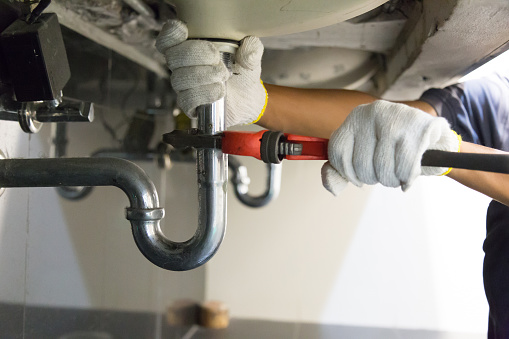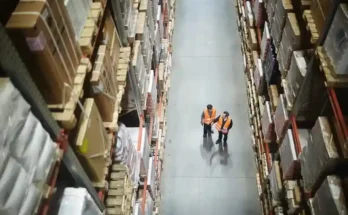If you’re like most homeowners, you probably don’t think about plumbing until something goes wrong. And usually, by then, it’s too late! Water damage can be expensive to repair and can even lead to structural damage in your home. That’s why it’s important to know some basic plumbing tips that can help prevent water damage from happening in the first place. keep reading for our top tips on how to protect your home from water damage!
1. Check your water pressure regularly – it should be around 50-60 psi
Most people don’t give much thought to their home’s water pressure. However, it’s actually an important part of maintaining a healthy plumbing system. Water pressure that’s too high can cause pipes to burst, while water pressure that’s too low can lead to weak water flow and inadequate flushing power. That’s why it’s important to check your water pressure regularly and make sure it’s in the ideal range of 50-60 psi. If your water pressure is too high, you can install a pressure-reducing valve to bring it down to a safer level. If your water pressure is too low, you may need to have your good pump serviced or replaced. Either way, it’s important to stay on top of your home’s water pressure to keep your plumbing system running smoothly.
2. Inspect your pipes for leaks and corrosion every six months
Leaks in pipes can not only wastewater, but they can also lead to costly repairs. Corrosion can cause pipes to deteriorate, eventually leading to leaks. As a result, it’s important to inspect your pipes for leaks and corrosion every six months. Check for any signs of water damage, such as staining on walls or ceilings. If you notice any leaks, hire plumbing services or do it by yourself to have them repaired as soon as possible. In addition, look for any signs of corrosion, such as pits or cracks in the pipe. If you find any corrosion, have the pipe replaced before it becomes a leak. By following these simple tips, you can help prevent costly repairs and save money on your water bill.
3. Replace worn-out washers and seals on faucets to prevent leaks
A dripping faucet is not only a nuisance, but it can also waste a lot of water. In fact, a single leaky faucet can drip 3,000 gallons of water per year. Not only is this bad for the environment, but it can also lead to higher water bills. Luckily, fixing a leaky faucet is usually a simple matter of replacing worn-out washers and seals. This is a relatively easy DIY project that anyone can do with a few basic tools. By taking care of your plumbing and fixing leaks as they occur, you can help to prevent further damage and keep your home in good working order.
4. Insulate exposed plumbing to help keep water warm in the winter
In the winter, it can be a challenge to keep your home warm and comfortable. One way to help maintain indoor temperatures is to insulate exposed plumbing. This will help to prevent heat loss and keep water warmer for longer periods of time. While there are many different ways to insulate plumbing, one of the simplest is to use pre-cut foam tubes. These tubes can be easily slipped over pipes, and they provide an effective barrier against heat loss. In addition, they are very affordable and easy to find at most hardware stores. By taking this simple step, you can help to keep your home warm and cozy all winter long.
Conclusion
If you take a few preventative steps and are proactive about your plumbing, you can help avoid water damage in your home. Have any other tips to share? Let us know in the comments below.




